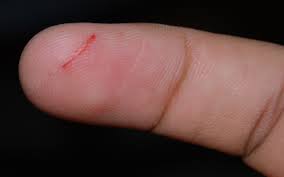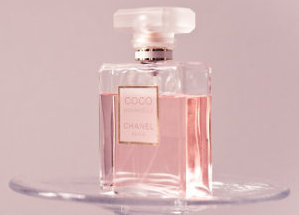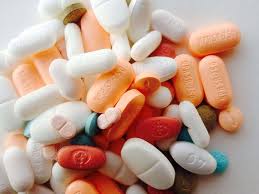Causes of Hyperpigmentation
In discussions about hyperpigmentation, 99.9% of the time people think of pigmentation caused by melanin.
What few people realize is that pigmentation may be caused by a different type of pigment, called lipofuscin.
Lipofuscin is an age pigment that creates age spots. (This is the technically correct definition of age spots, though most people still assume they are sun-induced spots.)
I. Causes of Hyperpigmentation – MELANIN
1. Sun (UV)
 The sun is the biggest cause of hyperpigmentation. UV directly stimulates the protection of melanin. Melanin is your body’s way of protecting itself from UV.
The sun is the biggest cause of hyperpigmentation. UV directly stimulates the protection of melanin. Melanin is your body’s way of protecting itself from UV.
UV-induced pigmentation is the easiest and quickest type to treat.
2. Irritation, Inflammation, & Trauma
Hav e you noticed a spot after a healing pimple or discoloration from a scar? This is post-inflammatory hyperpigmentation.
e you noticed a spot after a healing pimple or discoloration from a scar? This is post-inflammatory hyperpigmentation.
Irritation to the skin can cause inflammation. DNA damage caused by inflammation activates the same gene that starts melanin production. The injury causes an increase in pigmentation and scarring.
Irritation can come from many sources – too much pressure (from massage or incorrect extraction technique), trauma to skin or wounds, cosmetic procedures (e.g. laser), over-exfoliation, even spicy foods. And naturally, inflammatory diseases.
Post-inflammatory hyperpigmentation is the second easiest to treat, after sun-induced.
3. Hormones
 Changes in the balance of reproductive hormones (estrogen, progesterone) and stress hormones can cause hyperpigmentation.
Changes in the balance of reproductive hormones (estrogen, progesterone) and stress hormones can cause hyperpigmentation.
This is the hardest kind to treat because it’s a ‘hidden’ factor.
Reproductive hormones tend to cause pigmentation in the center of the face. Stress hormones tend to cause pigmentation on the outer edges of the face.
4. Ingredients
 Certain chemicals can trigger a melanocyte to produce melanin. Artificial fragrance is a big one.
Certain chemicals can trigger a melanocyte to produce melanin. Artificial fragrance is a big one.
Oxidized ingredients also cause hyperpigmentation. Pure Vitamin C (ascorbic acid in liquid form) is a perfect example – it oxidizes extremely fast, unless it has been correctly formulated (hard to find).
Here are some tips to minimize oxidation:
- store your products in a dark, cool place away from light – light and heat oxidizes products
- keep your products tightly covered – oxygen oxidizes products too
- buy products that are smartly packaged – look for airless containers that use a pump dispenser rather than a lid
- don’t keep antioxidant serums too long (6-12 months after opening should be the max)
5. Medications
 Certain drugs (anti-malarial, cancer, others) as well as heavy metals may cause pigmentation too.
Certain drugs (anti-malarial, cancer, others) as well as heavy metals may cause pigmentation too.
II. Causes of Hyperpigmentation – LIPOFUSCIN
Cellular garbage leads to the production of lipofuscin, the pigment in age spots.
So what is cellular garbage? It’s exactly what it sounds like. Waste products that a cell can’t completely eliminate.
Cells produce waste, just like we do. Those waste products are eliminated by enzymes that digest them into small pieces so they can be removed easily.
But with age, we become less efficient at this. So cellular garbage piles up.
Cellular garbage is made worse by cross-linking. (Glycation is a forming of cross-linking.)
Consider cross-linked collagen. Collagen is a large protein. When it is cross-linked with sugar, it becomes even larger and clunkier. The cell has a much harder time getting rid of cross-linked collagen. It ends up getting stuck in cells. This ultimately creates lipofuscin.
